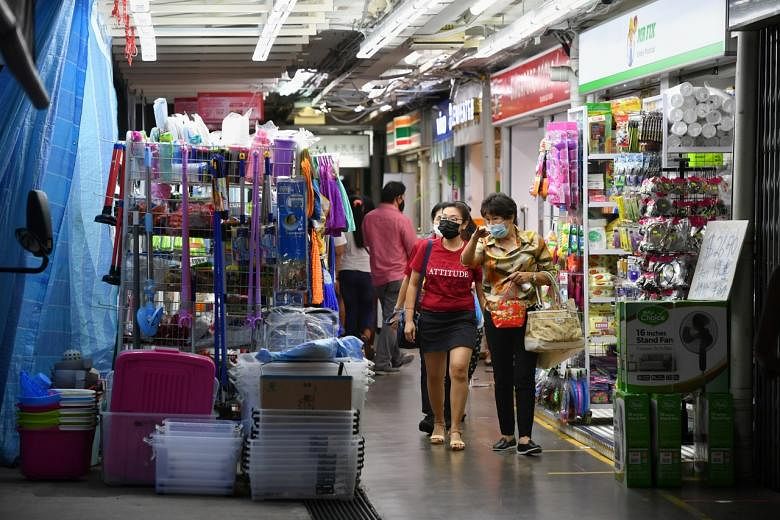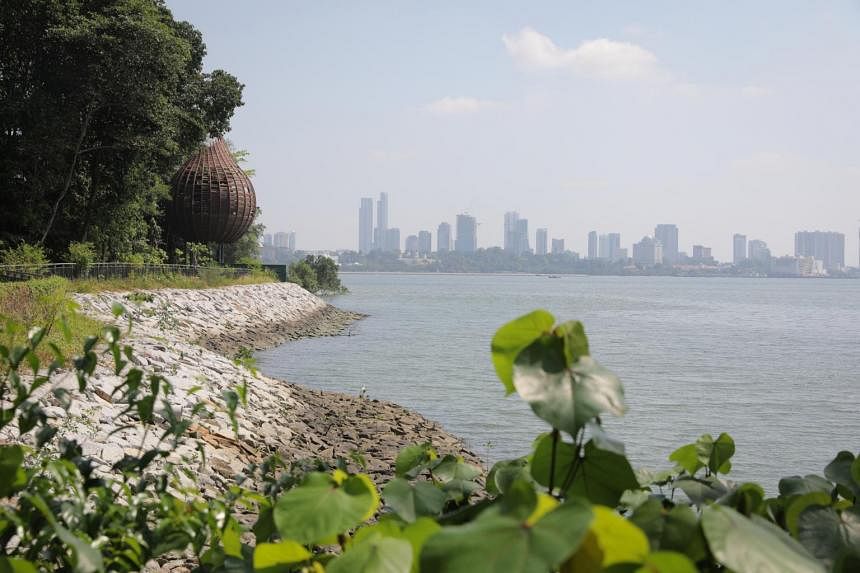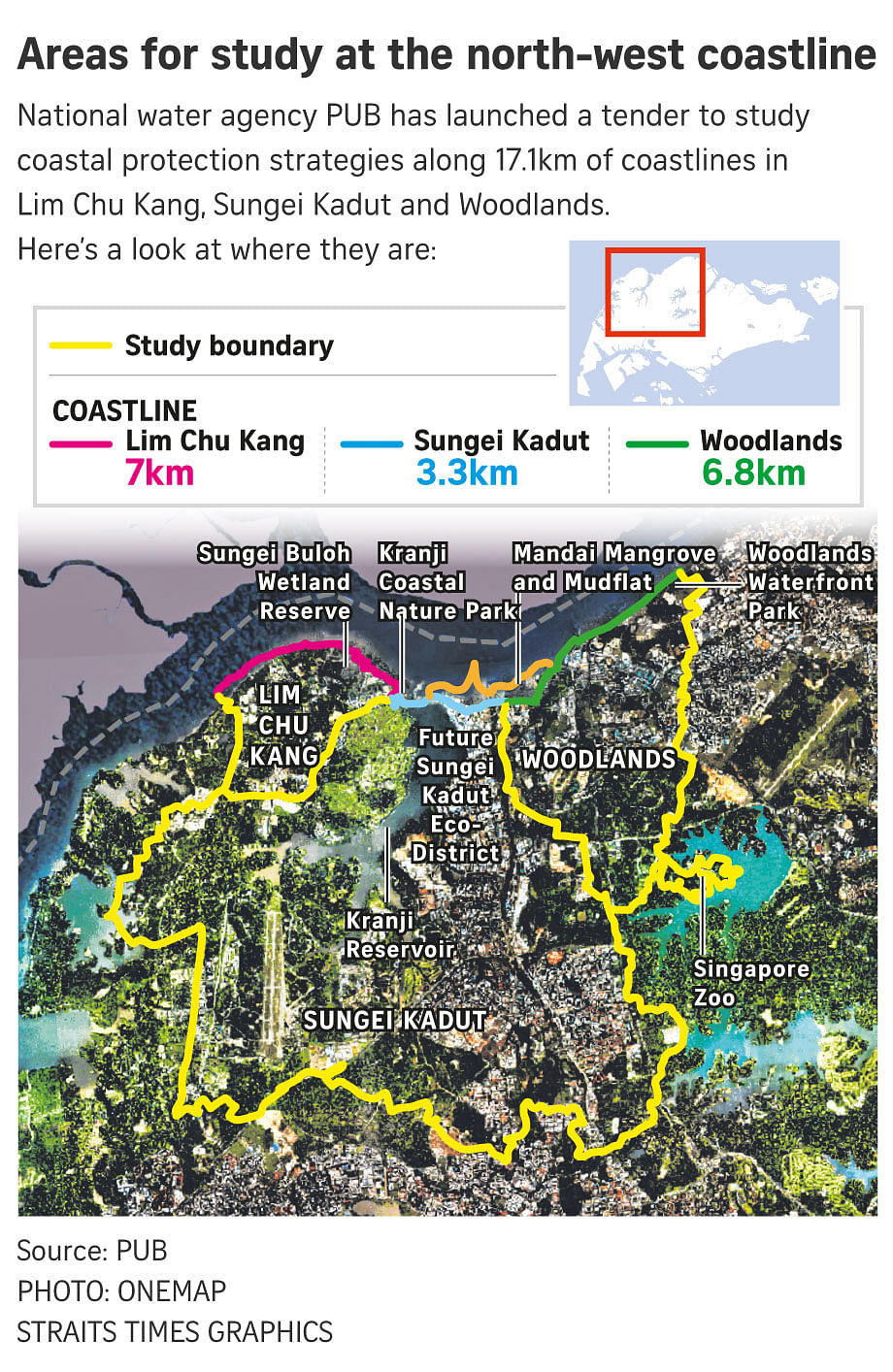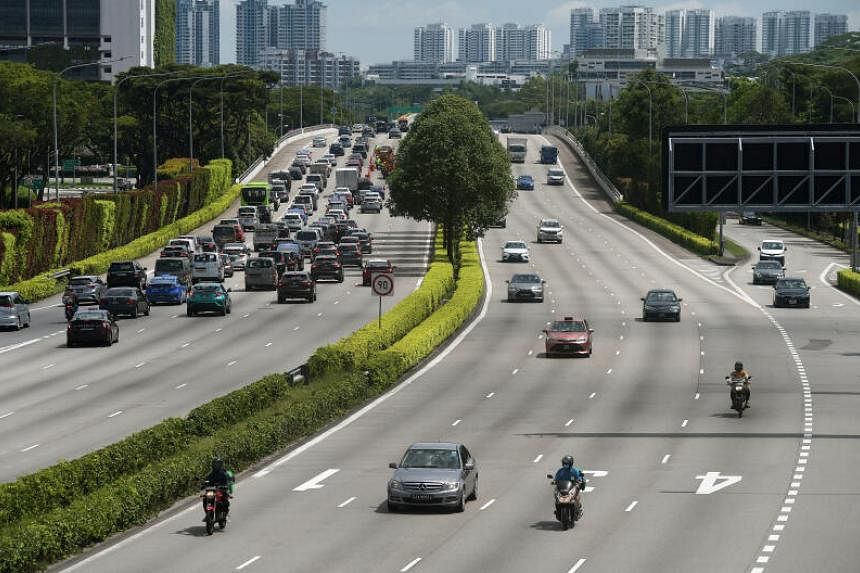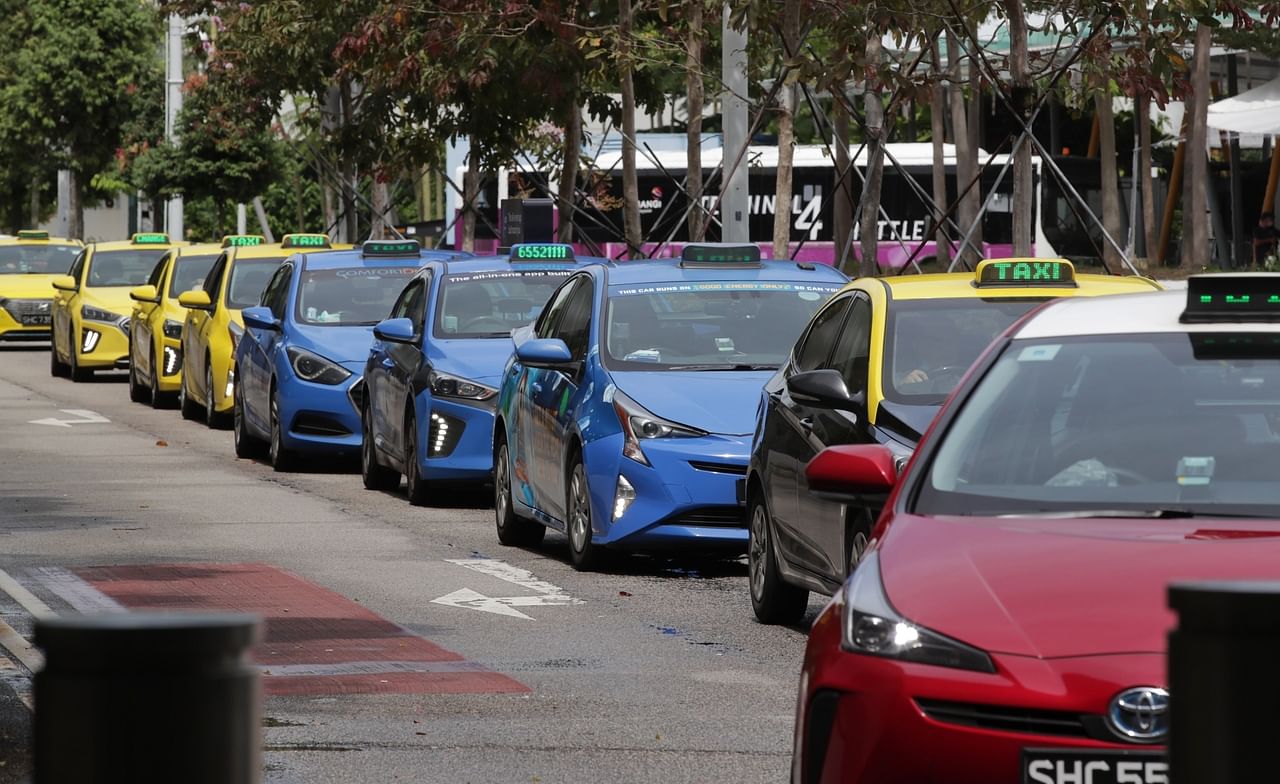Paid millions and hundreds of thousands to organise and solicit ideas. And then take the credit for ideas that work.

The URA is starting the second phase of its public engagement exercise, as part of a review of its long-term plans.
ST PHOTO: LIM YAOHUI

Sue-Ann Tan
Oct 11, 2021
SINGAPORE - From this month, members of the public can contribute their views on how Singapore can use its land in the long term in six virtual discussion sessions held by the Urban Redevelopment Authority (URA).
The URA said on Monday (Oct 11) that it is starting the second phase of its public engagement exercise, as part of a review of its long-term plans.
Previously known as the Concept Plan, the long-term plans will guide development over the next 50 years and beyond. They are reviewed every decade to take into account evolving trends and changing demands.
As part of the second phase, the URA boiled down the desired traits for the Singapore of the future to four key pillars - inclusive, adaptable and resilient, sustainable, and distinctive and endearing.
An inclusive Singapore means designing future neighbourhoods with a variety of quality and affordable housing for different demographics of residents, the URA said.
It also means better distribution of amenities and job opportunities near homes, with improved accessibility and mobility.
"It is important to ensure that our land use plans and our urban infrastructure provide spaces for everyone, and strengthen social inclusiveness and cohesion," said the authority.
Meanwhile, to build an adaptable and resilient Singapore, future workplaces and homes need to be designed, taking into account emerging economic and technological trends, especially in the light of the impact of Covid-19, the URA added.
The land use plans need to allow Singapore to respond to an increasingly complex and uncertain operating environment, while seizing future opportunities, it said.
Sustainability is also key, as Singapore has to find ways to optimise its limited resources and care for the environment, while addressing its needs.
"Possible land use strategies to balance development with nature, close our resource loops, advance our green economy, and support sustainable infrastructure will also be discussed," the URA said.
It noted that long-term liveability is important, especially with climate change. The land use plans need to ensure sustainability while balancing environmental, economic and social goals with limited land resources.
Lastly, Singapore has to be "distinctive and endearing", said the authority.
"Our city centre is also an important economic, cultural and social node that positions Singapore as a global hub," it said.
"Our land use plans need to strengthen Singapore's position as a distinctive destination and endearing home to ensure Singapore remains attractive to businesses and tourists while maintaining a strong sense of identity and familiarity among residents."
These plans will centre on ways to retain and celebrate Singapore's built and natural heritage, and enhance recreational areas and attractions.
This can also mean strategies to rejuvenate the city centre and the Central Business District.
The six virtual sessions to discuss the URA's plans will be held from Oct 24 to Dec 4.
The previous phase was held from July to September, during which more than 5,600 people responded to a public poll and some 200 people participated in workshops and dialogues.
The public can sign up for any of the sessions at this website.
URA to gather public views on land use strategies for long-term plans

The URA is starting the second phase of its public engagement exercise, as part of a review of its long-term plans.
ST PHOTO: LIM YAOHUI

Sue-Ann Tan
Oct 11, 2021
SINGAPORE - From this month, members of the public can contribute their views on how Singapore can use its land in the long term in six virtual discussion sessions held by the Urban Redevelopment Authority (URA).
The URA said on Monday (Oct 11) that it is starting the second phase of its public engagement exercise, as part of a review of its long-term plans.
Previously known as the Concept Plan, the long-term plans will guide development over the next 50 years and beyond. They are reviewed every decade to take into account evolving trends and changing demands.
As part of the second phase, the URA boiled down the desired traits for the Singapore of the future to four key pillars - inclusive, adaptable and resilient, sustainable, and distinctive and endearing.
An inclusive Singapore means designing future neighbourhoods with a variety of quality and affordable housing for different demographics of residents, the URA said.
It also means better distribution of amenities and job opportunities near homes, with improved accessibility and mobility.
"It is important to ensure that our land use plans and our urban infrastructure provide spaces for everyone, and strengthen social inclusiveness and cohesion," said the authority.
Meanwhile, to build an adaptable and resilient Singapore, future workplaces and homes need to be designed, taking into account emerging economic and technological trends, especially in the light of the impact of Covid-19, the URA added.
The land use plans need to allow Singapore to respond to an increasingly complex and uncertain operating environment, while seizing future opportunities, it said.
Sustainability is also key, as Singapore has to find ways to optimise its limited resources and care for the environment, while addressing its needs.
"Possible land use strategies to balance development with nature, close our resource loops, advance our green economy, and support sustainable infrastructure will also be discussed," the URA said.
It noted that long-term liveability is important, especially with climate change. The land use plans need to ensure sustainability while balancing environmental, economic and social goals with limited land resources.
Lastly, Singapore has to be "distinctive and endearing", said the authority.
"Our city centre is also an important economic, cultural and social node that positions Singapore as a global hub," it said.
"Our land use plans need to strengthen Singapore's position as a distinctive destination and endearing home to ensure Singapore remains attractive to businesses and tourists while maintaining a strong sense of identity and familiarity among residents."
These plans will centre on ways to retain and celebrate Singapore's built and natural heritage, and enhance recreational areas and attractions.
This can also mean strategies to rejuvenate the city centre and the Central Business District.
The six virtual sessions to discuss the URA's plans will be held from Oct 24 to Dec 4.
The previous phase was held from July to September, during which more than 5,600 people responded to a public poll and some 200 people participated in workshops and dialogues.
The public can sign up for any of the sessions at this website.







